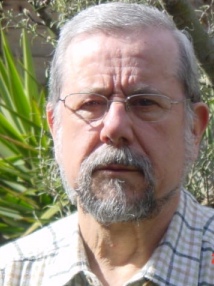BibTex format
@article{Cortez:1998,
author = {Cortez, L and Freire, WJ and Rosillo-Calle, F},
journal = {INT SUGAR J},
pages = {403--+},
title = {Biodigestion of vinasse in Brazil},
volume = {100},
year = {1998}
}

Faculty of Natural Sciences, Centre for Environmental Policy
Casual - Academic Professional703Weeks BuildingSouth Kensington Campus